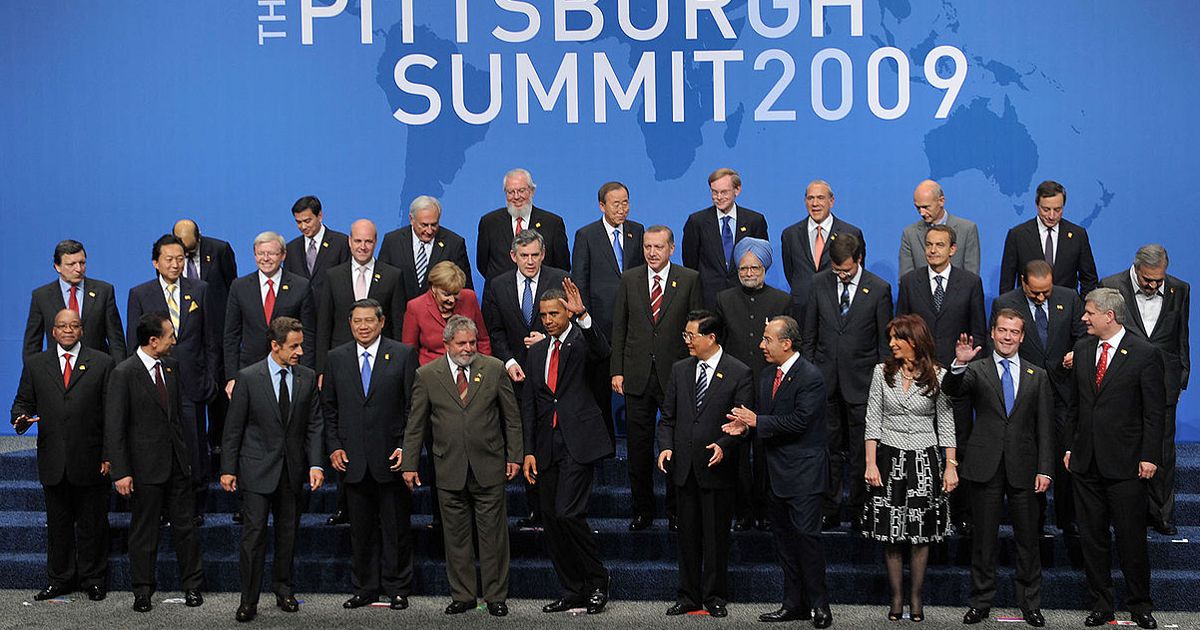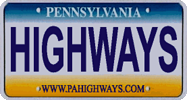White House Press Secretary Robert Gibbs said in May that the next G-20 Summit would be held in Pittsburgh. As a result, there were more than a few laughs from the White House Press Corp. And why not, what does anyone there know about finance and banking or surviving an economic downturn? After all, it is an area where people pay a fair market value for a house. How quaint! However, the world came to discuss all of the above.
The reason President Obama chose the “City of Champions” was due to visiting the area during the 2008 campaign. He saw how it changed from a center of steel to one with a more varied economic base. One focused on medicine, finance, and high-tech industries. Fortunately, the industrial fore-fathers of the city were not misers and gave back to their community in the form of libraries and universities. These were the crutches by which Pittsburgh could pull itself up by its bootstraps and start over.
Leaders from around the world began arriving on Wednesday. This prompted rolling roadblocks on the Parkway West between Pittsburgh International Airport and Downtown. The motorcades passed through the US 22/US 30-PA 60 interchange project. The American Recovery and Reinvestment Act of 2009 partially funded the work. Passage of the ARRA was to dig (no pun intended) the country out of the global recession. The topic of which would be the focus of the next two days.
While the leaders of the 20 largest economies and the European Union were arriving, so were the protesters. Members of Greenpeace repelled off the West End Bridge. They displayed a banner protesting the lack of attention paid to the environment by these leaders. Arrests took place at the Fort Pitt Bridge, where five others tried to do the same.
Mayor Luke Ravenstahl deputized 1,000 men and women. They came from police departments as far away as Miami and as close as Johnstown. In addition to National Guardsmen and state police troopers, they made up a force of more than 3,000 officers.
The world’s leaders had an easier time getting around the city than the locals. Only residents with a driver’s license with a Downtown address, delivery trucks (with deliveries made between 5 AM and 7 AM), taxis, hotel shuttles, armored cars, ACCESS vehicles, and medical suppliers could continue into the Golden Triangle. Three police checkpoints were established. The locations were Smithfield Street Bridge at PA 837/West Carson Street, Fifth Avenue at Ross Street, and the Roberto Clemente Bridge at Isabella Street. However, motorists could exit anywhere. Meanwhile, barricades closed ramps from Interstate 279, Interstate 376, and Interstate 579 and other bridges and streets.
The two-day summit went off without a hitch. Pittsburgh was able to do something no other city could: host a blood-less G-20. Only 193 arrests took place, a few minor fires happened, and some minor damage to stores occurred. The nearly 6,000 law enforcement personnel outnumbered the 5,000 protesters who had come to the city. Needless to say, crime dropped steeply. On the other hand, so did the need for EMTs. For instance, at times every ambulance in the city sat idle! Thousands of police vehicles, driven by mostly out-of-towners, managed to navigate the maze of city streets without a single accident. That was perhaps the most surprising thing to come out of the two days.

VisitPittsburgh hopes that the G-20 Summit helps tourism and attracting conventions. It did raise interest on the global stage. As a result of the summit, the city was awarded another international event. Pittsburgh will be the North American host city for the 2010 United Nations World Environment Day. Meanwhile, perhaps the highest praise came from the Italian-born songwriter, singer, former model, and the current French First Lady. Carla Bruni-Sarkozy said, “I think I wish I could stay a little longer because we only stay one-and-a-half days.”
She added, “But I think it’s beautiful.” I don’t think VisitPittsburgh could have asked for a better spokeswoman in the world.

One reply on “The World Comes to the Commonwealth”
Nice post!